Does Your Curriculum Have a Growth Mindset?
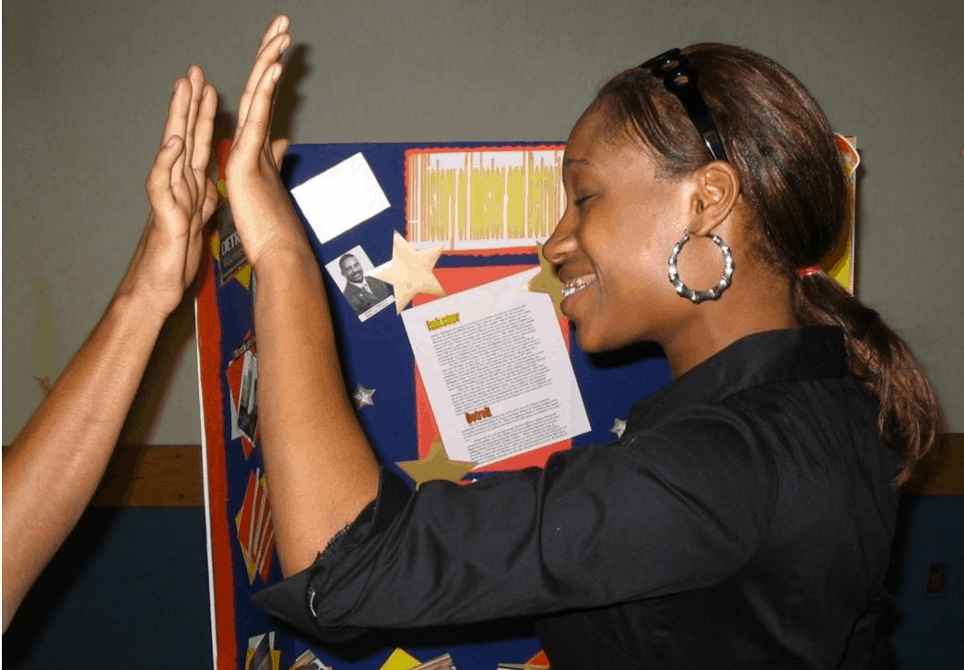
By Susan Santone
Educators are paying increased attention to Carol Dweck’s concept of the growth mindset–basically, the belief that abilities can be developed and are not fixed. Teachers are encouraged to focus on effort (“Great start. What can you do to improve?”) rather than innate capacity (“You’re so smart!”).
Developing a growth mindset is also a strategy to support disadvantaged students. The idea is that when teachers set high expectations and provide support, students will realize their full potential.
These important ideas help us understand the impact of the messages that teachers send. But have you ever considered the messages your curriculum is sending? Does your curriculum provide worthy challenges that support kids to develop a growth mindset?
In this post, I introduce two pillars of growth-minded curriculum: cultural relevance and social action.
Pillar 1: Cultural Relevance
Students who see that their personal values and experiences match the curriculum are more likely to engage. When curriculum only emphasizes only certain cultural knowledge, students from other backgrounds get the message that the classroom isn’t a place where they are seen and heard—let alone valued.
Moreover, students of color and low-income learners have less access to rigorous courses. Too often, schools create ability tracks that are segregated based on race and socioeconomic status. How can students believe they can strengthen their abilities when they are stuck in classes that tell them just the opposite?
To support a growth mindset, curriculum needs to help kids discover the potential in themselves and their communities. Here are some strategies to get started:
- Leverage cultural, linguistic and familial “capital.” Students and their families have knowledge, values and stories that provide multiple doorways into learning. Ask students, “What in your experience helps you make sense of this content?” They will dig deep, evaluate ideas together and apply learning in meaningful ways. Students will begin to see school as a place that develops their assets.
- Help students “code-switch.” Valuing students’ languages and cultures is only part of the job; educators must also help students understand and learn to use the codes, behaviors and language patterns expected in academic and career contexts. Curriculum should create bridges between students’ abilities and those needed for success in school and the work world.
- Cultivate social-emotional learning. Curriculum that develops skills such as self-awareness and self-care builds the resilience needed for a growth mindset. Authentic projects enable students to set goals, assess behaviors, and collaborate with others.
- Help students learn with, from and about each other. Cultural competency includes understanding different perspectives and working in diverse groups. When the curriculum continually asks, “What are different ways to view this problem?” and “What can we learn from each other?”, students will see that cross-cultural collaboration leads to growth and success.
To help you begin, here are some questions to ask yourself when assessing your curriculum for overall cultural relevance:
- Are students’ cultures, experiences and languages seen as assets to build on—or deficits to be fixed?
- Are we sending the message that some cultures are “neutral” and everyone else is “diverse?”
- Does our curriculum move beyond heroes, celebrations, or tokenism?
Pillar 2: Social Action
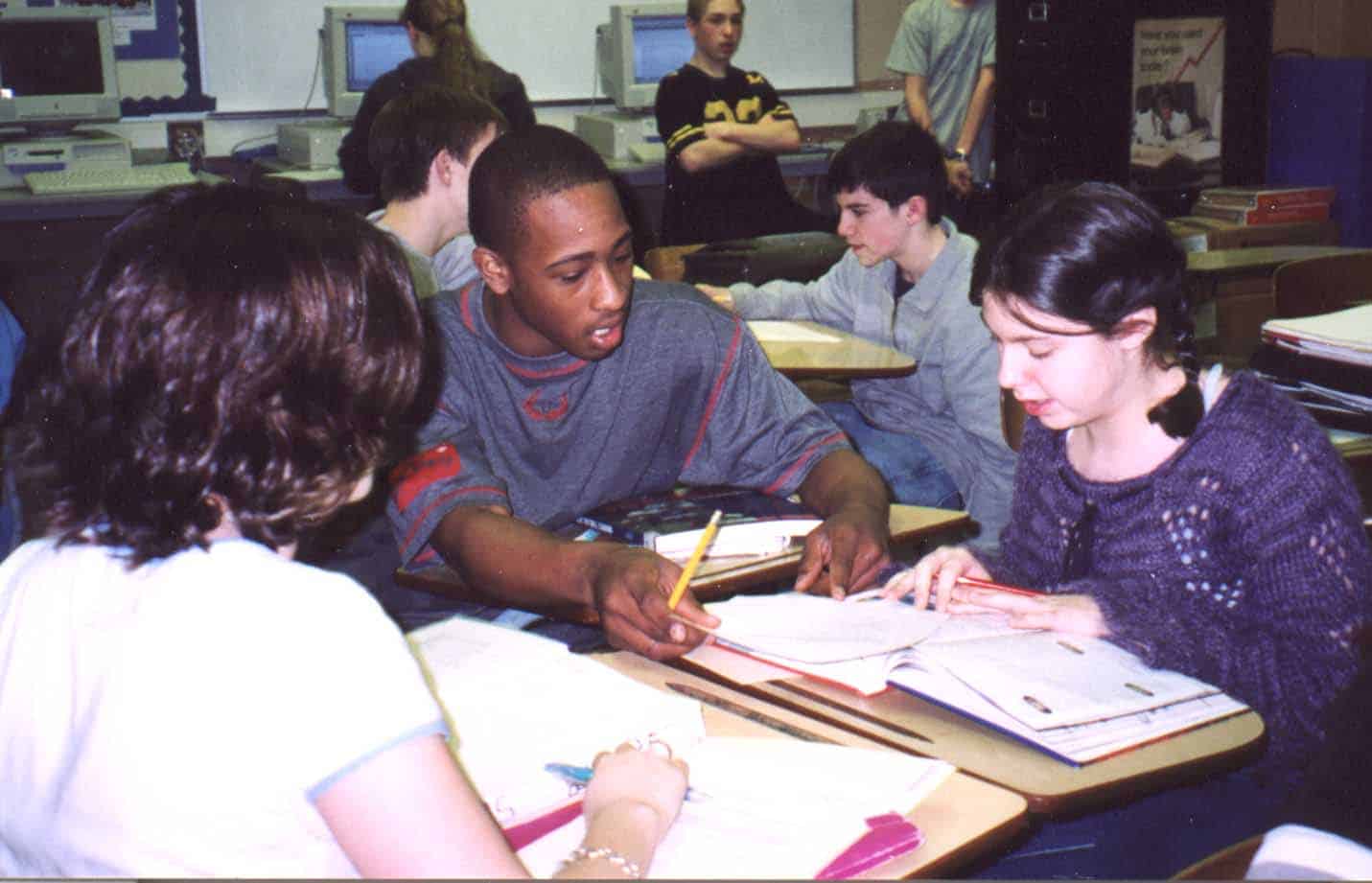 The future is a story yet to be written, and students know we’re handing them some pretty complex ‘plots’ such as climate change and economic inequality. Kids want to understand how these issues affect them. Your students are probably asking questions like:
The future is a story yet to be written, and students know we’re handing them some pretty complex ‘plots’ such as climate change and economic inequality. Kids want to understand how these issues affect them. Your students are probably asking questions like:
- Why are things this way? What would I like to be different?
- Where will I be in five, ten or twenty years? What will the world be like then?
- How can I use my talents to shift the narrative towards the story I want for my family and community?
Creating solutions requires that students learn about the larger forces shaping their futures. This takes multiple literacies language, STEM and civic engagement. Educators want these outcomes, but often feel trapped by the pressures of testing. Well-designed courses may devolve into a checklist of standards: facts without meaning; data without wisdom.
It doesn’t have to be this way. Here are some strategies for supporting real-world learning within a standards-based environment:
- Engage students in identifying local and/or global problems. Offering students opportunities to identify tackle authentic problems inherently builds a “social” growth mindset: the belief that together, we can make change. Have kids reach out to community problem-solvers for inspiration, solutions and projects.
- Identify ‘content-flexible’ standards and teach them in authentic contexts. Many standards (particularly Common Core language arts) outline skills but not content. This provides the opportunity to teach the standard through a real issue. For example, consider a standard focused on use of evidence–community health can serve as the context. Middle school students might ask, “What is the evidence that the community needs better access to healthier food?”
- Develop a critical consciousness. Continuously engage students in asking, “What’s at stake? What causes this situation? What are different ways to understand this? Whose perspective are we hearing?” When students understand root causes of problems, they are better equipped to tear down the barriers and get to solutions.
So is your curriculum providing enough authentic content? Here are some questions to help you determine this:
- Does your curriculum tout “21st century skills” without addressing 21st century issues?
- Are real world issues addressed as sidebars, or as a central context for integrating standards?
- Does our curriculum help students make sense of the world and how they can use their talents to affect change?
The Bottom Line
Cultural relevance and social action can help kids shift the narrative of their lives and futures. These pillars encourage optimism, agency and collaboration —elements of the growth mindsets needed for academic and social/emotional development.
We need to build learning around real problems and equip students to turn challenges into opportunities. Districts can help by supporting teachers to (re)design units that start with students’ experiences, build interdisciplinary knowledge and culminate in meaningful action.
Next Steps
Looking for some help getting started? Here are a few resources:
- Download this free white paper and get strategies to assess and adapt your curriculum.
- This free case study shows how one school increased academic achievement through an innovative history course centered on racial equity.
- This free case study shows how one high school created a unique STEM course focused on environmental and economic redevelopment of a contaminated property.
- Here is a video discussing how the future is a story yet to be written–learn how curriculum can empower students to become authors of a better world.
For more, see:
- Chavez Schools: Where Grads Leave Ready to Make a Difference
- Do You Have A Blended Learning Department? You Should.
- Getting Smart Podcast | Why Growth Mindset Matters
Susan Santone is Executive Director at Creative Change. Follow her on Twitter: @creative_change.
Stay in-the-know with all things EdTech and innovations in learning by signing up to receive the weekly Smart Update.

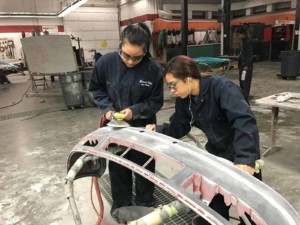
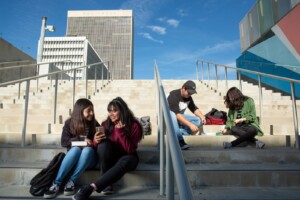
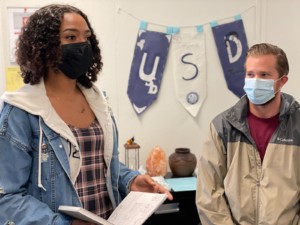
0 Comments
Leave a Comment
Your email address will not be published. All fields are required.